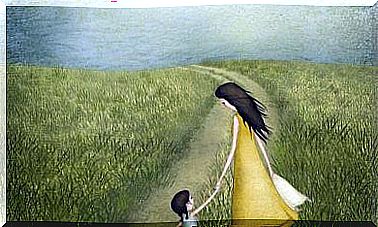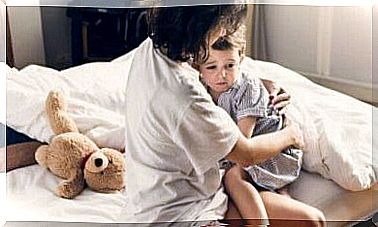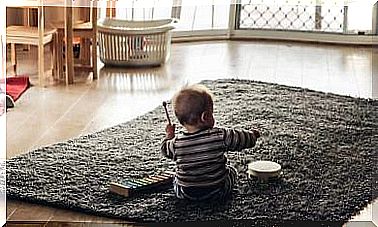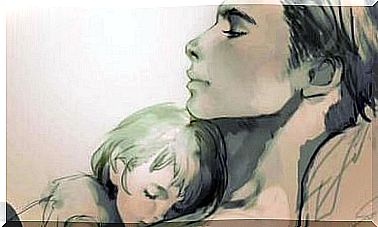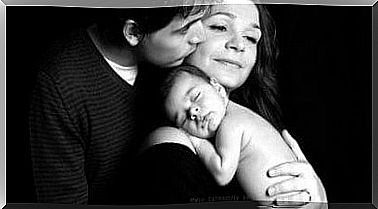How Much Does A Newborn Baby Change In A Month?
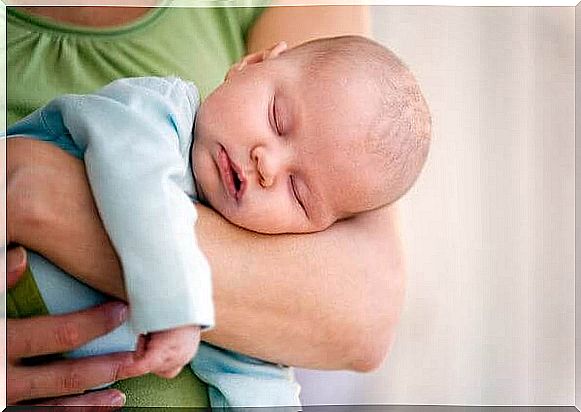
It’s always amazing to see how much a newborn baby changes in a month. After birth, it quickly acquires a wide variety of skills: it distinguishes different voices and even learns to laugh. During this time, the senses, the brain and its body also develop.
Every baby is different and has its own rhythm. Parents should therefore not worry if certain things take a little longer than other children. There doesn’t necessarily have to be a problem behind this. The child may just need time and the parents a little more patience so that they can learn at their own pace without pressure.
In one month, a newborn develops a wide variety of skills, which can also be promoted through the right stimulation.
Parents can observe the responses and reactions of their children: New movements and reflexes are added and the little baby reacts more and more to stimuli in its environment.
As the central nervous system develops, more and more complex reactions become possible. In the first months of life, the baby’s ability to learn is incredible and it makes intensive progress that amazes us all over and over again.
What does a newborn baby learn in a month?
The following are some of the most important skills that the little earthling learns in the first month of life:
- The baby recognizes the voices of its parents. Almost automatically, parents speak to their child in a very special way so that they learn to react to their voices.
- The child learns to recognize the aroma of their parents’ skin. As early as the first month of life, the baby knows who is by his side. In particular, they recognize their mother very quickly, as she usually spends most of the time with the child.
- It can move its mouth. In particular, when the baby becomes aware that his parents are nearby, he begins to move his mouth.

- In the first month, the child also learns to lift his head slightly. If he is lying on his stomach, he will practice lifting his head, step by step, with a great deal of effort. Parents can stimulate the child by showing them an object of interest while lying on their prone. The child learns to lift his head about 45 degrees.
- It can also watch things in front of it and smile. You can stimulate your baby by showing them certain objects for them to observe. Newborns come with a fixed view of the world and can only see from a distance of around 20 to 25 cm. But if you hold things in front of your baby’s eyes, you can stimulate them.
- The small child also learns to smile spontaneously in the first month. It loves to smile at every opportunity and is just waiting for parents to stimulate it accordingly.
- It also learns to keep its head in a vertical position. Parents can put the infant on their knees to promote balance. In this way it learns to support the body with its legs for a short time.
- The child also learns to bring their hands together in a month. Parents can initially support and encourage them in this movement. You can just take the baby’s hands and show them how to bring them together because it will be very useful for the child.
Motor development of the child in the first month
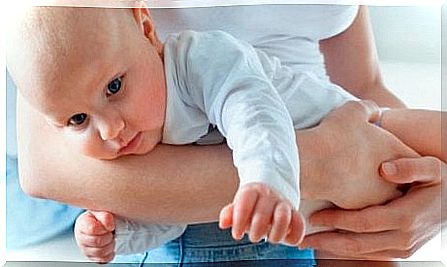
In the first month of life, a newborn learns many things that we are usually not even aware of. We mentioned earlier that it learns to distinguish the voices and scents of its parents, which is not easy.
But it also acquires many motor skills: it learns, for example, to bend its arms and open and close its hands. But the muscles are not yet sufficiently developed to control the movements of his head. However, a newborn baby can move its head as desired.
It adapts to the posture of the person wearing it. In addition, it usually shows involuntary gestures and reacts sensitively to changes in its position. The baby also shows sensitive reactions to bright light: if it sees a bright source of light in front of it, it closes its eyes and squints.
Reflexes such as pressure can be felt when, for example, he is holding another person’s finger or putting something in his mouth to suck on. The Babinski reflex can also be recognized in the first month: if you stroke the sole of the child’s foot, it responds with a gripping movement of the toes.
Watch your little darling and enjoy all the things your baby is learning!


